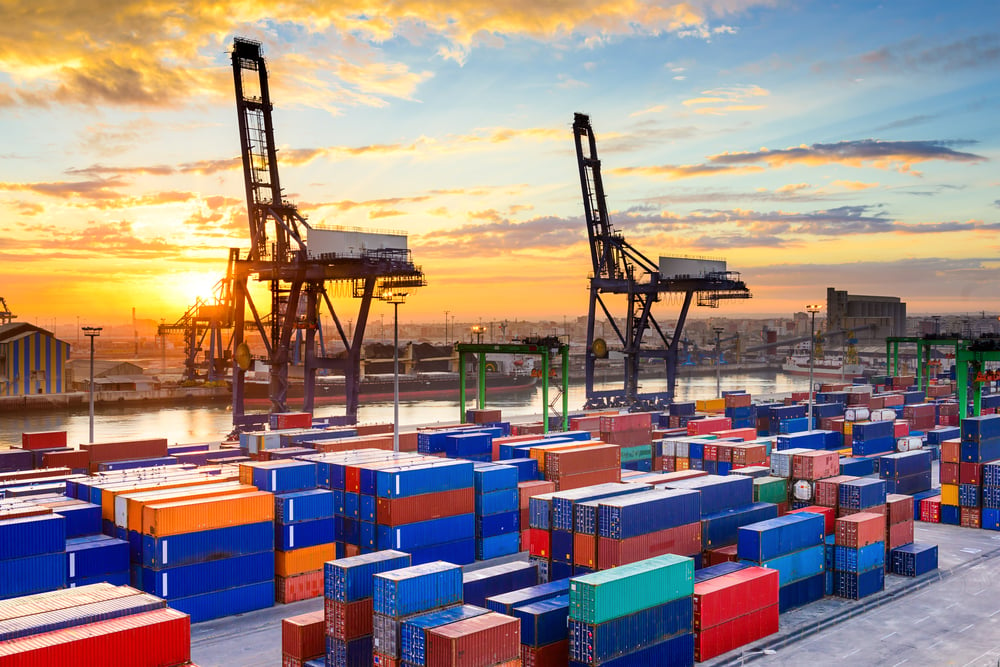In May 2024, the US raised duties on a number of goods imported from China, including steel, aluminum, electric cars, batteries and solar panels. This decision was the next step in a trade war between the two countries that has been ongoing for several years.
The duty hike mainly affects stainless steel and aluminum products, where the tariff has risen from 0-7.5% to 25%. The increase in duties on metals is likely to affect domestic US prices, as consumption in the US market is growing and the increase in import costs will have a rapid impact. Duty on electric cars from China has been raised to 100%. Car production in China is one of the key industries showing dynamic growth, so the duties can significantly reduce exports and consequently will be reflected in a decrease of production in China.
The US administration stated that the duties were imposed to protect the American industry from "unfair” trade practices of China. The US accuses China of dumping its products on the American market, which harms American steel and aluminum producers.

Source: United States Department of Commerce
However, the increased duties will be unlikely to have a significant impact on the market due to the low share of US metal imports from China. In 2023, China accounted for just 4% of aluminium imports into the US and 5% of US stainless steel imports.
It is likely that instead of importing metals and other goods from China subject to the duty, US will import more from other countries. In the segment of metals it will be Canada and Mexico, which in recent years have been increasing exports to the US replacing other suppliers. In the segment of electric cars it is likely to be the countries of South and Central America, where in recent years the car production capacity has been growing.
For further insight sign up for early access to our Industrial Materials 2024 guide. Equip your business with strategic intelligence to navigate a challenging industrial materials market. This guide delves into high-level macroeconomic trends, industry impacts, and the reflection of these dynamics on industrial commodity prices.

.png?width=145&height=54&name=Mintec_Logo_Small_Use_Mono_RGB%20(2).png)

















